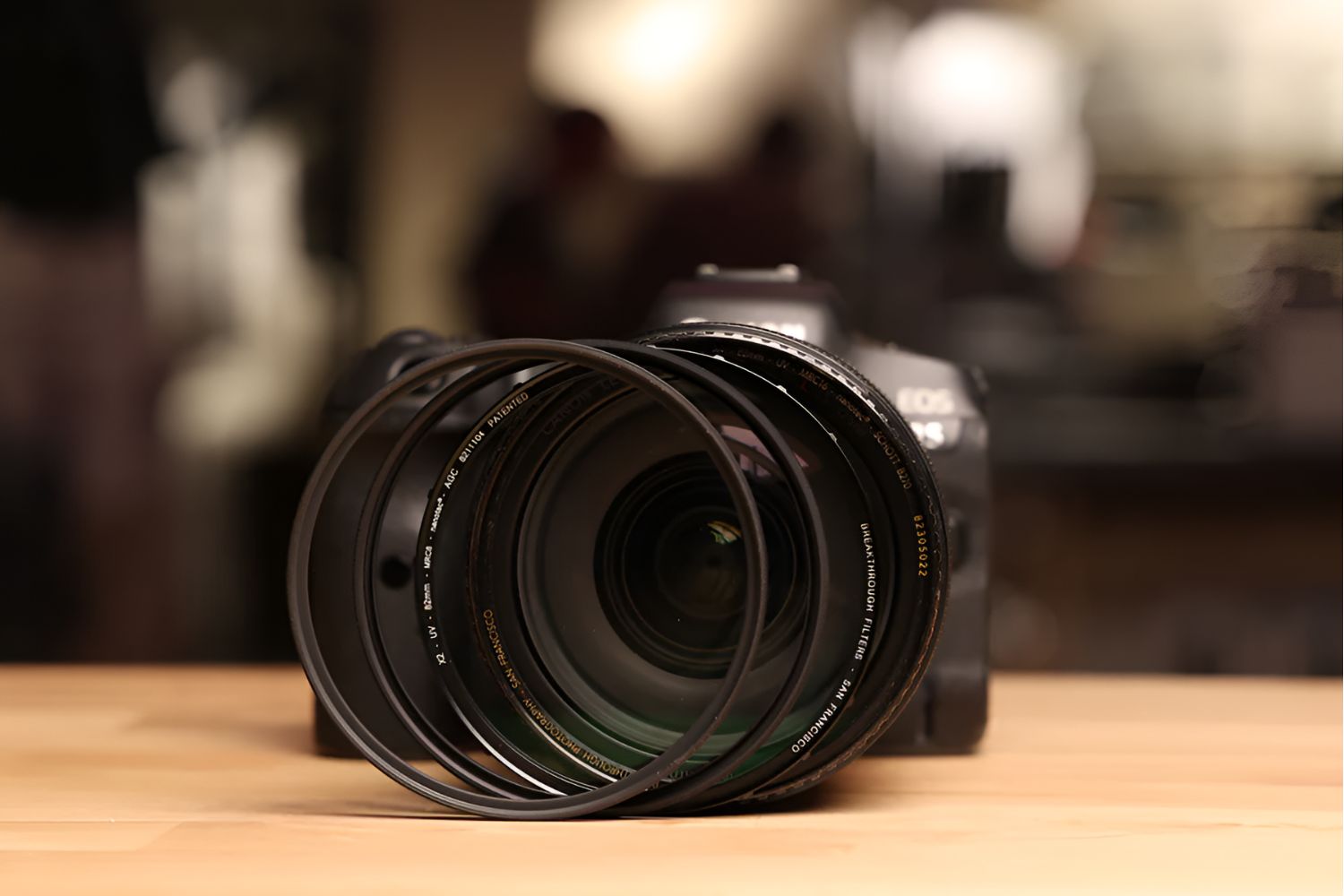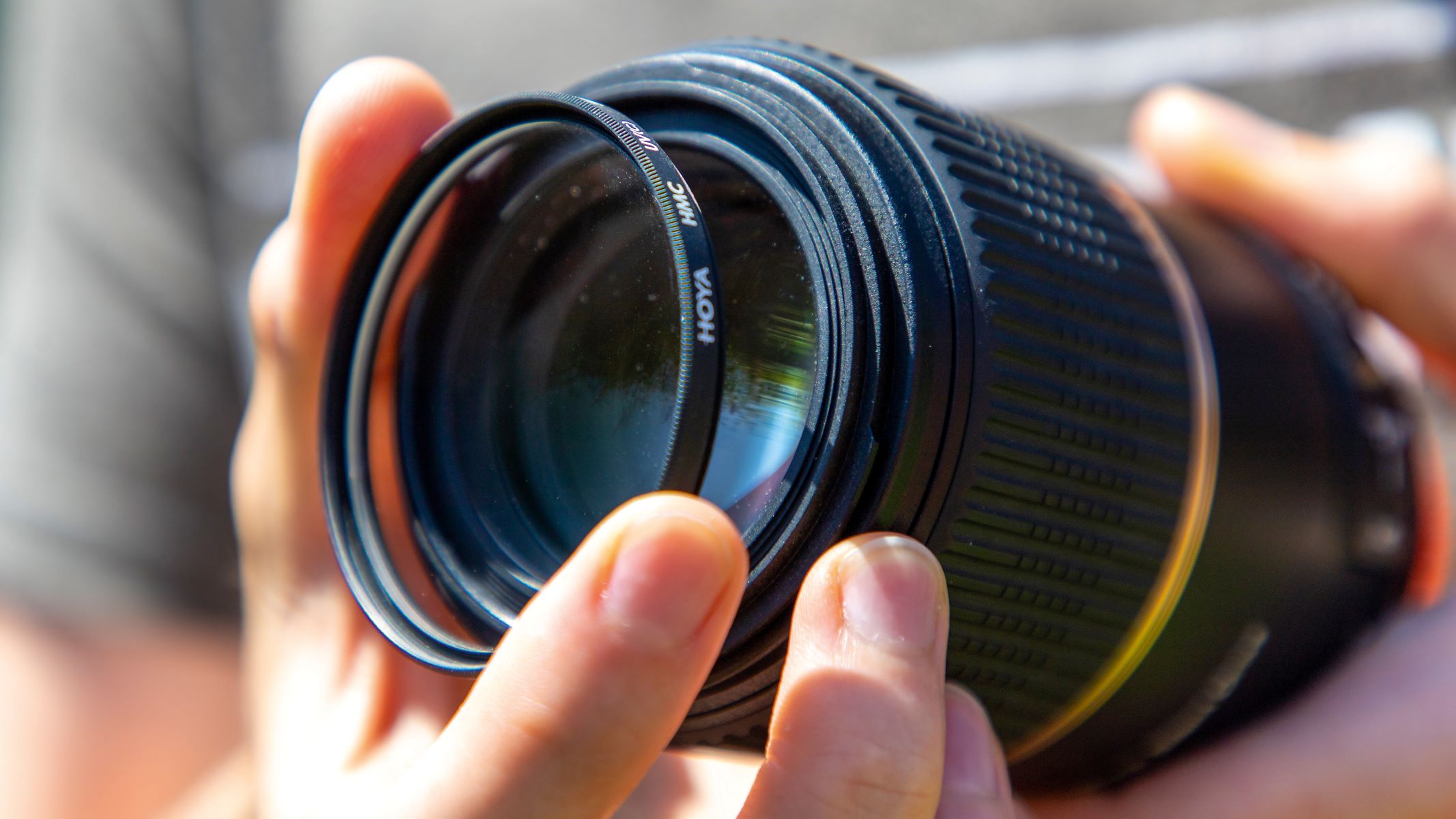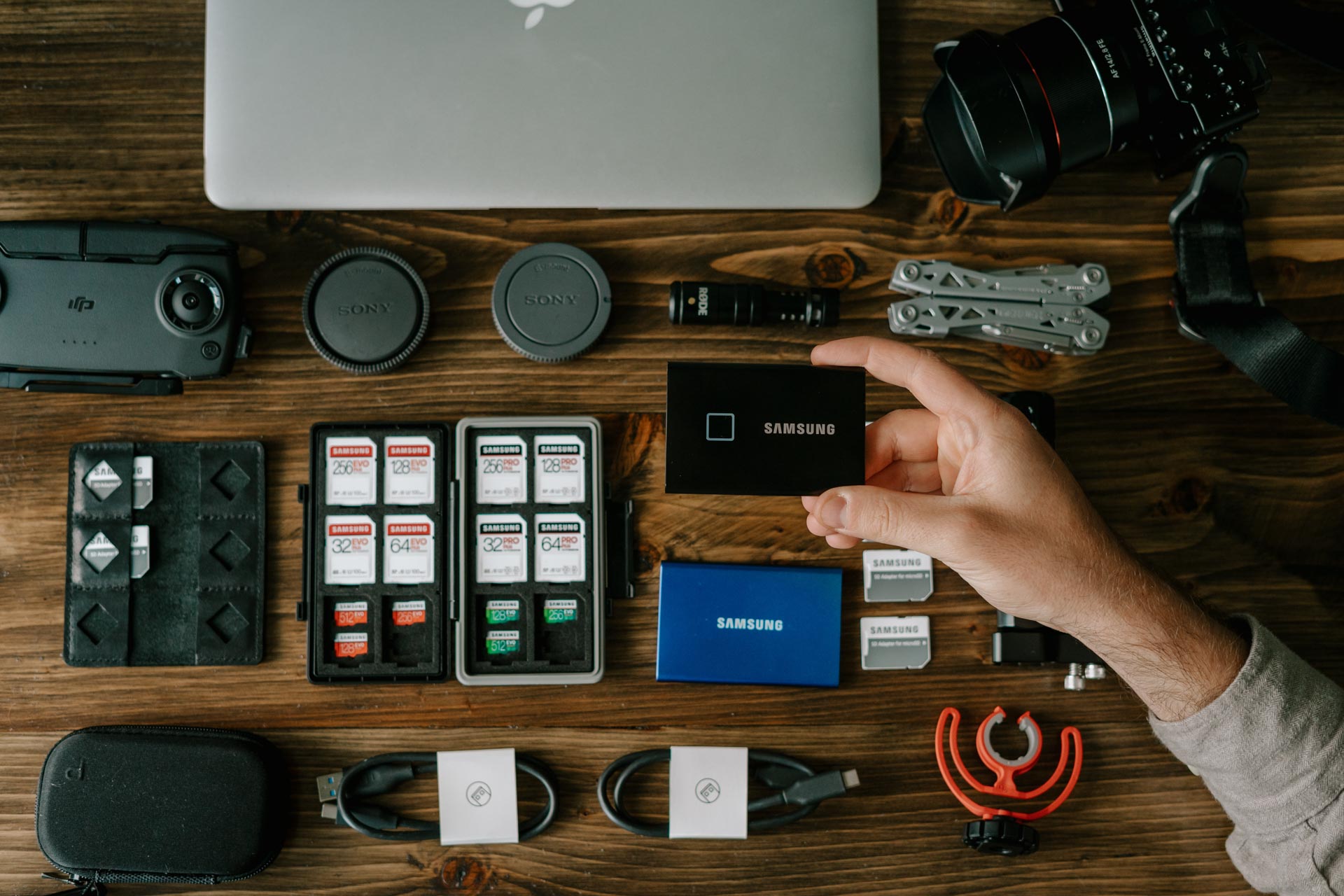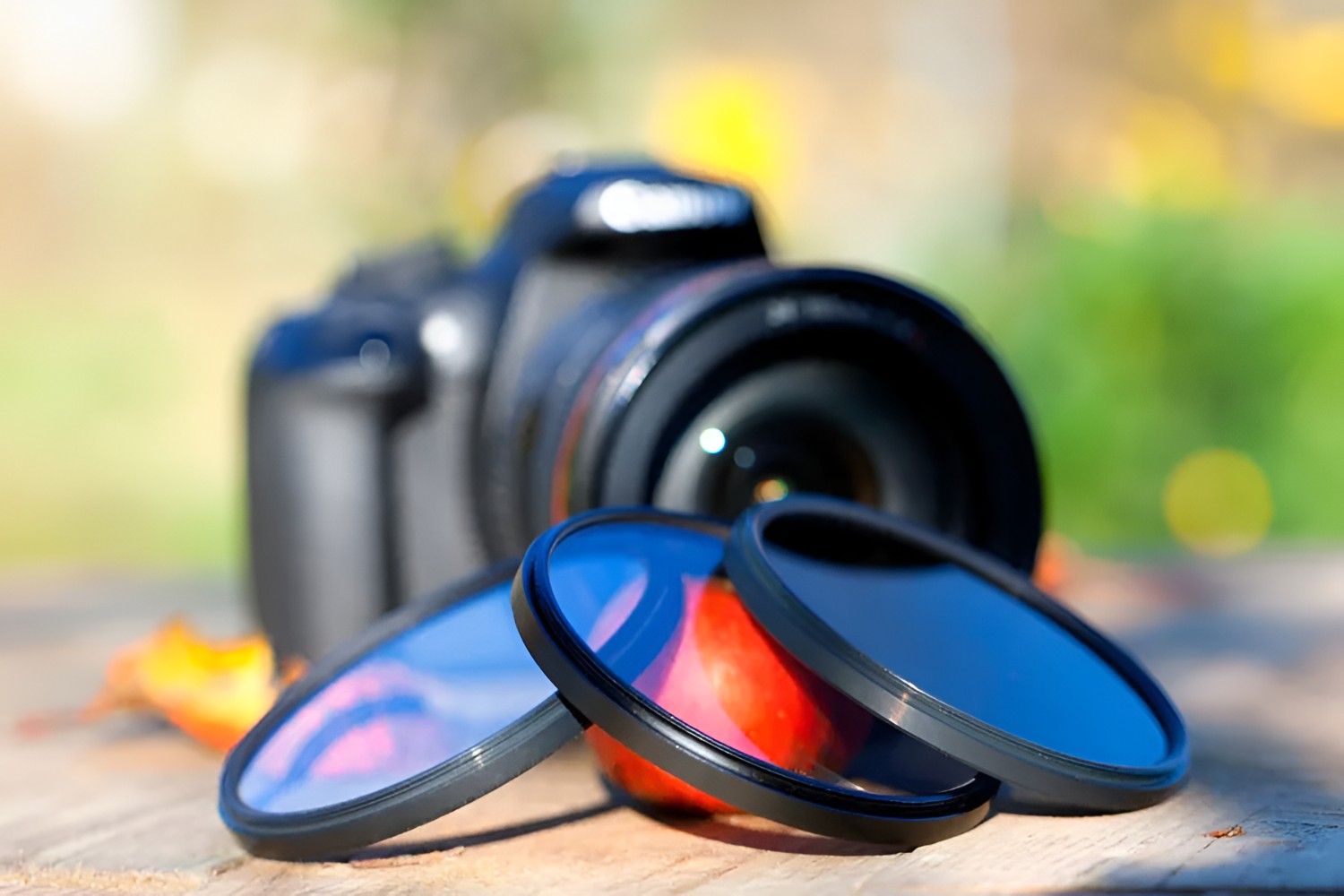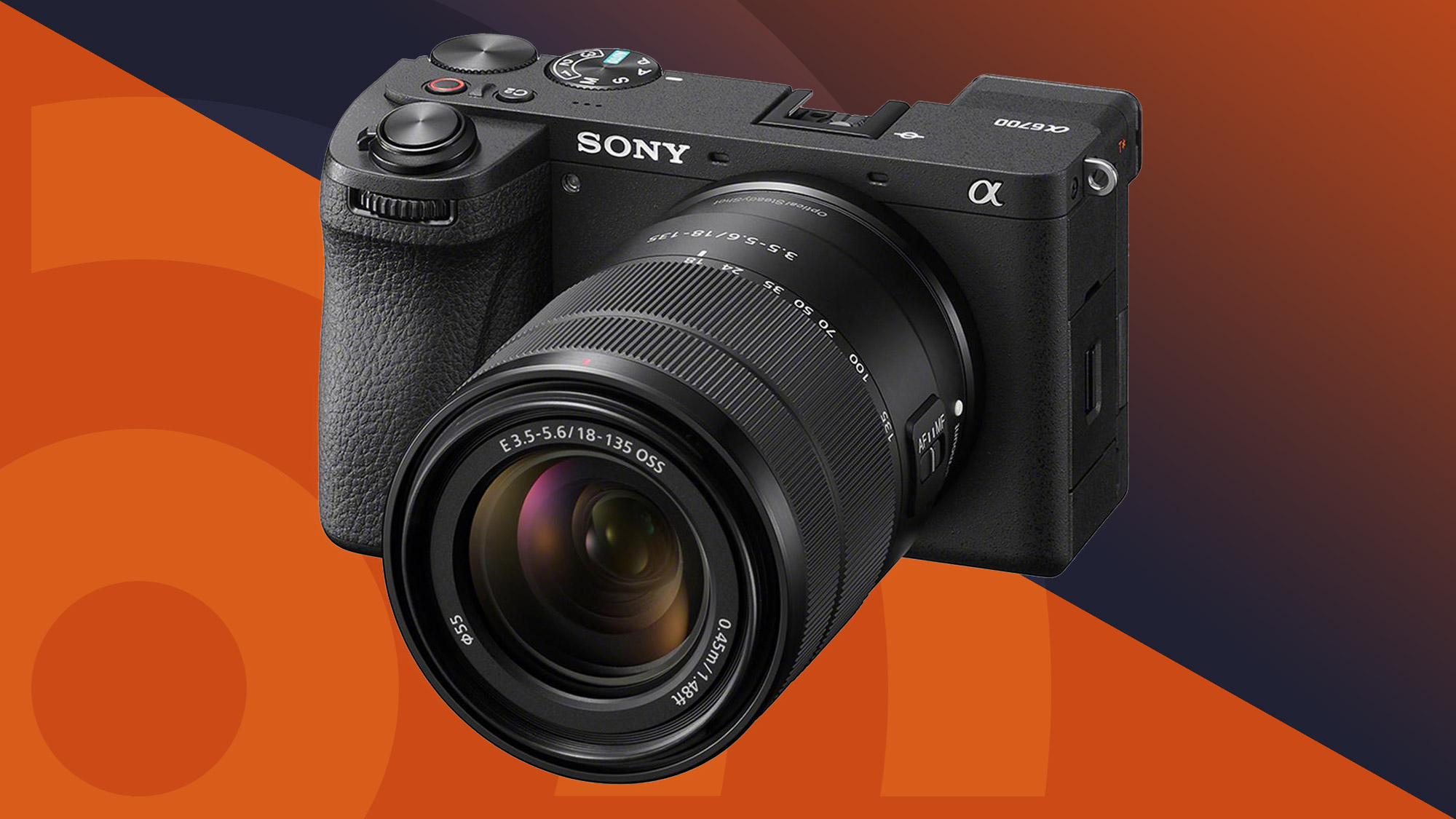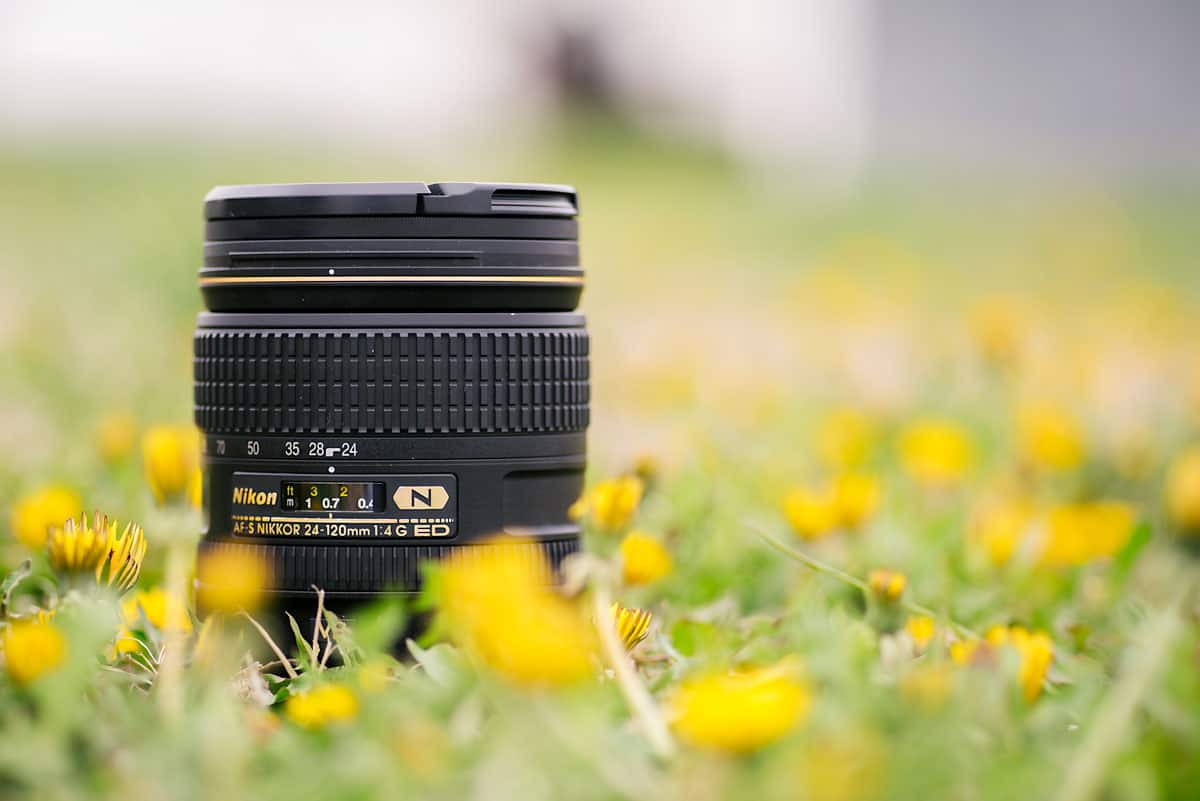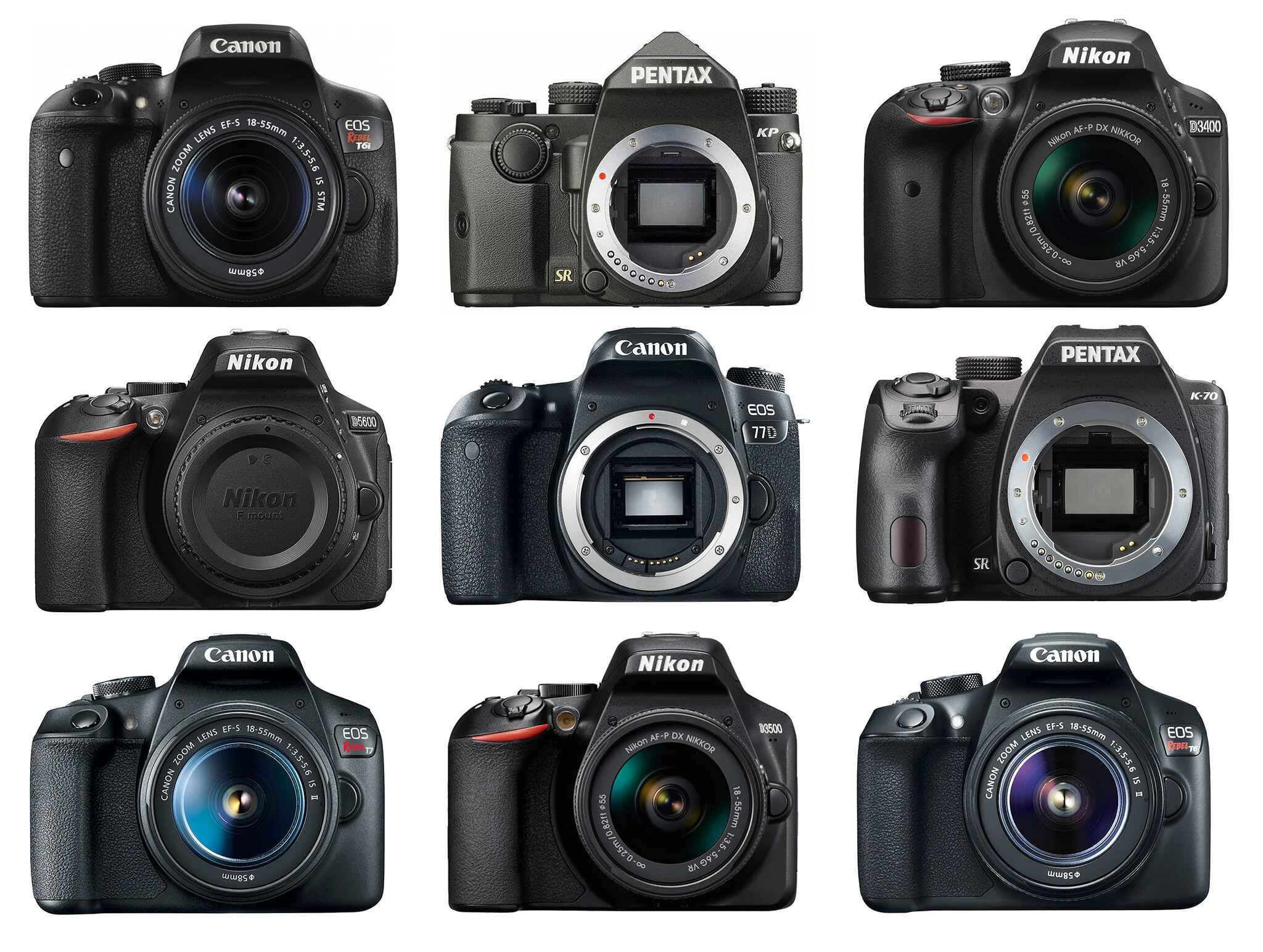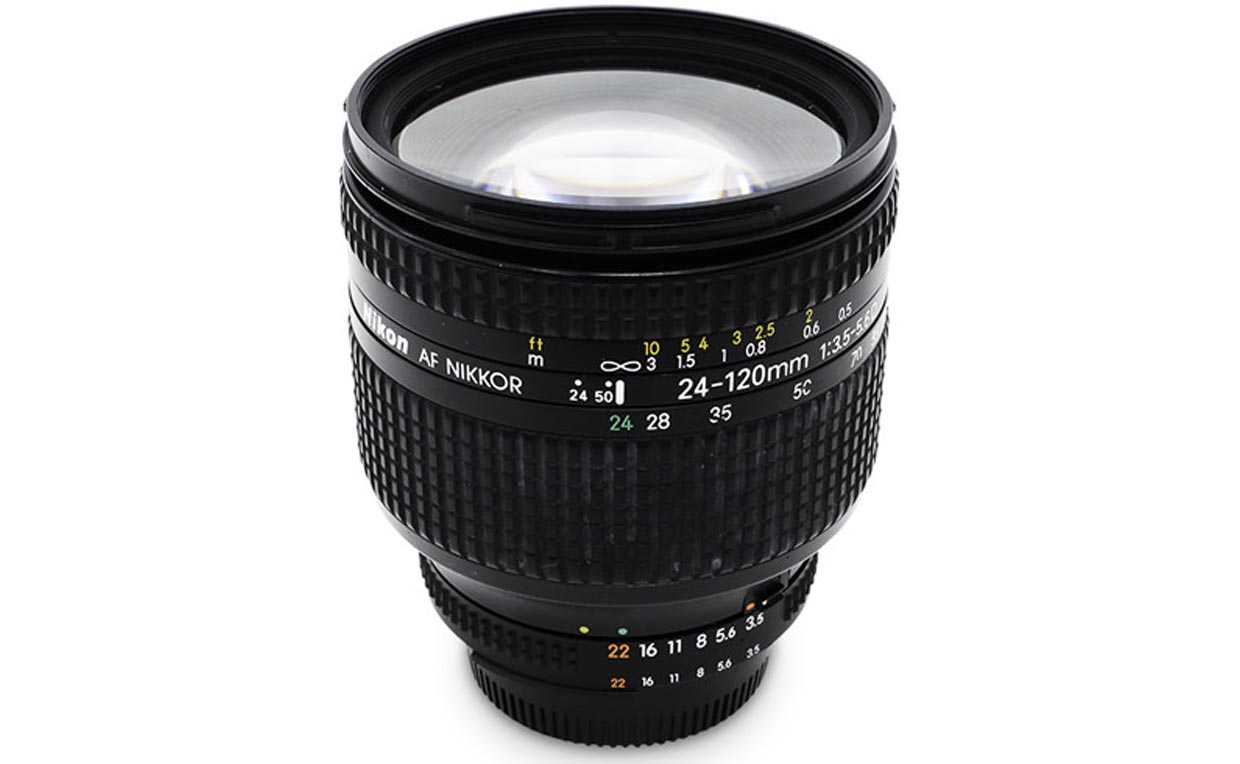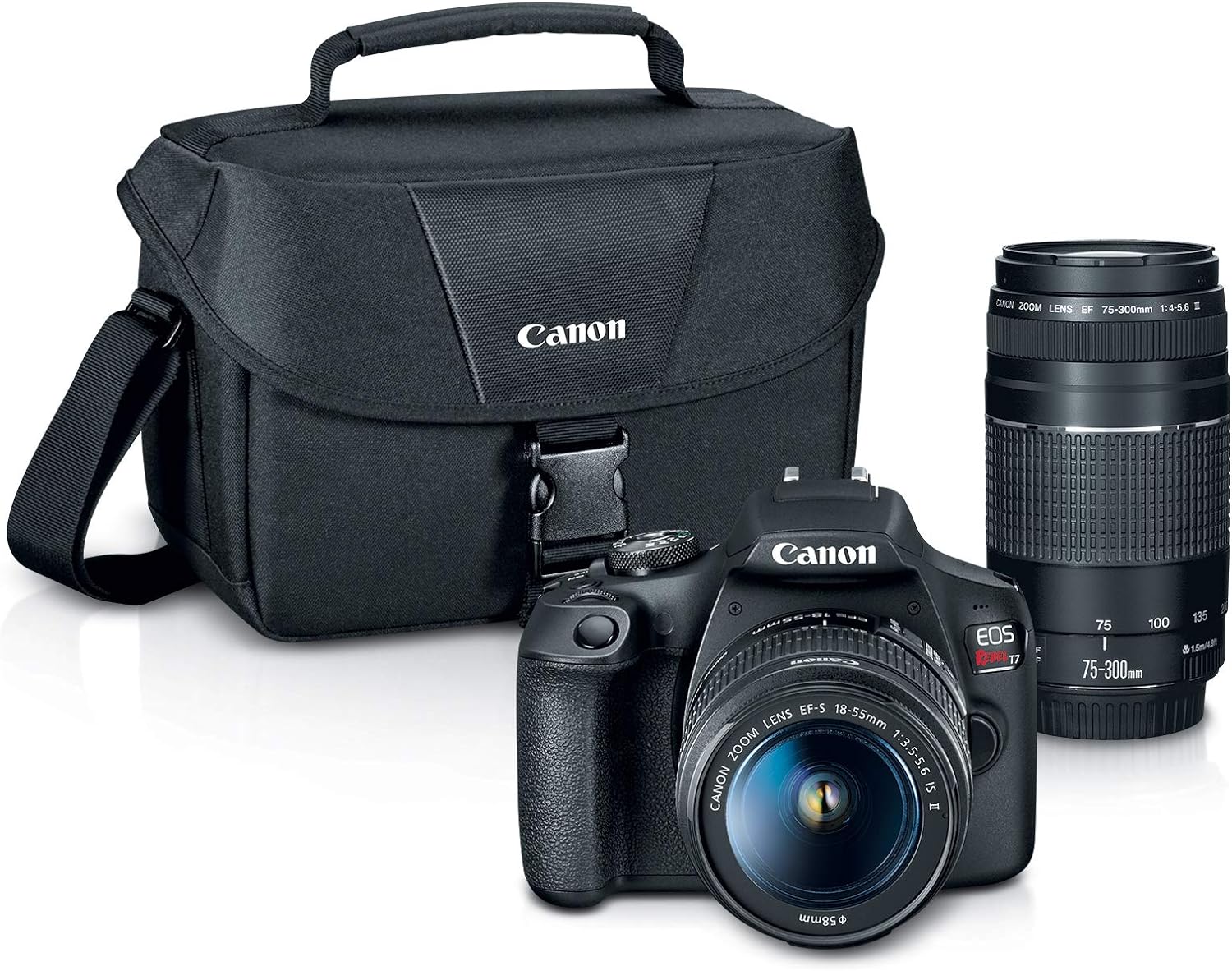Introduction
When it comes to protecting and enhancing the performance of your DSLR camera, a UV filter plays a crucial role. Understanding the functions and benefits of a UV filter can significantly impact the quality of your photography. This article delves into the purpose and advantages of utilizing a UV filter on your DSLR camera, shedding light on its protective, practical, and aesthetic attributes.
Whether you're a professional photographer or an enthusiastic hobbyist, safeguarding your camera lens from potential damage is paramount. A UV filter acts as a barrier, shielding the lens from scratches, dust, moisture, and other elements that could compromise the integrity of your equipment. In addition to its protective function, a UV filter also aids in reducing haze and correcting colors, contributing to the overall clarity and vibrancy of your photographs.
Understanding the multifaceted role of a UV filter is essential for any photographer seeking to optimize the quality and longevity of their equipment. Let's explore the various dimensions of a UV filter's functionality, from its protective capabilities to its impact on image quality and color correction. Whether you're capturing breathtaking landscapes or intimate portraits, the utilization of a UV filter can elevate the visual impact of your photography, making it an indispensable tool for photographers of all levels.
What is a UV filter?
A UV filter, short for ultraviolet filter, is a transparent filter that attaches to the front of a camera lens. It is designed to block ultraviolet light from reaching the camera’s sensor, thereby preventing haziness and maintaining the clarity of the captured images. While modern digital cameras are equipped with internal UV filters, adding an external UV filter provides an extra layer of protection and enhancement for your photography.
UV filters are typically made from high-quality glass or optical resin, ensuring minimal impact on image quality while effectively filtering out UV rays. They are available in various diameters to fit different lens sizes, making them a versatile accessory for photographers using interchangeable lenses. In addition to blocking UV light, these filters also serve as a protective barrier, shielding the lens from scratches, dust, and moisture. This dual functionality makes UV filters an essential component of any photographer’s toolkit.
Photographers working in high-altitude environments or near water bodies often encounter excessive UV radiation, leading to hazy or washed-out images. By using a UV filter, these adverse effects can be mitigated, resulting in crisper and more vibrant photographs. Furthermore, the application of a UV filter can be particularly beneficial when shooting in harsh lighting conditions, such as bright sunlight, where UV rays are more prevalent.
While the primary function of a UV filter is to block ultraviolet light, it also serves as a foundational element for additional lens filters. Many photographers opt to leave a UV filter permanently attached to their lenses as a safeguard, allowing them to easily add other filters, such as polarizers or neutral density filters, on top of the UV filter. This modular approach streamlines the process of adapting to different shooting scenarios while maintaining the protective benefits of the UV filter.
Protection for the Lens
One of the primary functions of a UV filter is to provide a robust layer of protection for the camera lens. The lens is a critical and often expensive component of a DSLR camera, making its safeguarding a top priority for photographers. By attaching a UV filter to the front of the lens, photographers create a physical barrier that shields the lens from potential damage, preserving its pristine condition for years to come.
When shooting in outdoor environments, lenses are susceptible to various hazards, including dust, moisture, and accidental impact. A UV filter acts as a sacrificial element, absorbing the brunt of these external factors, thereby safeguarding the lens itself. In situations where the camera is exposed to flying debris or inclement weather, the UV filter serves as the first line of defense, preventing any direct contact with the delicate lens surface.
Furthermore, the application of a UV filter reduces the need for frequent cleaning of the lens, as it effectively repels dust and smudges. This not only saves time but also minimizes the risk of inadvertently scratching the lens during cleaning procedures. Additionally, the filter’s hydrophobic properties repel moisture, protecting the lens from water damage in damp or rainy conditions.
For photographers who frequently work in dynamic environments or precarious settings, such as crowded events or rugged landscapes, the protective benefits of a UV filter are invaluable. The peace of mind that comes with knowing the lens is shielded from potential harm allows photographers to focus on capturing compelling images without the constant worry of damaging their equipment.
Reduction of Haze
One of the notable advantages of using a UV filter on a DSLR camera is its ability to reduce atmospheric haze in outdoor photography. When shooting landscapes or distant subjects, atmospheric haze can diminish the clarity and contrast of the captured images. This haze, caused by the scattering of ultraviolet light in the atmosphere, can result in a loss of detail and color saturation, particularly in distant elements of the composition.
By incorporating a UV filter, photographers can effectively mitigate the impact of atmospheric haze, resulting in crisper and more defined images. The filter acts as a barrier against UV rays, which are a significant contributor to atmospheric haze, allowing the camera to capture scenes with greater clarity and depth. This is especially beneficial when photographing scenic vistas, mountain ranges, or coastal landscapes, where distant elements are susceptible to the effects of atmospheric haze.
Furthermore, the reduction of haze achieved through the use of a UV filter enhances the overall visual impact of the photographs, bringing forth richer colors and finer details. The resulting images exhibit improved contrast and a heightened sense of depth, capturing the scene with greater fidelity and realism. This is particularly advantageous for photographers aiming to convey the immersive beauty of natural environments or architectural marvels.
Moreover, the reduction of atmospheric haze facilitated by a UV filter contributes to the overall aesthetic appeal of the photographs, allowing for a more compelling and immersive visual experience for the viewer. The filter’s ability to counteract the adverse effects of atmospheric conditions empowers photographers to capture scenes with enhanced clarity and vibrancy, elevating the quality and impact of their outdoor photography.
Color Correction
Besides its protective and haze-reducing properties, a UV filter also plays a role in color correction, contributing to the overall quality and fidelity of the captured images. Ultraviolet light, which the filter is designed to block, can have a subtle but perceptible impact on color rendition, particularly in outdoor settings. By neutralizing the influence of UV rays, the filter helps maintain accurate color reproduction, resulting in images that more faithfully represent the natural hues of the scene.
When shooting in bright, open environments, such as beaches, mountains, or urban landscapes, the presence of UV light can introduce a bluish cast to the photographs. This can affect the warmth and balance of colors, leading to a deviation from the true tonalities of the subject. By employing a UV filter, photographers can counteract this color shift, ensuring that the captured images accurately reflect the visual richness and authenticity of the scene.
Furthermore, the use of a UV filter can enhance the overall vibrancy and saturation of colors, particularly in scenarios where the presence of ultraviolet light might otherwise lead to subdued or washed-out tones. This is especially beneficial when photographing vibrant flora, colorful architectural elements, or striking outdoor compositions, as the filter aids in preserving the natural brilliance and intensity of the subject matter.
The color-correcting function of a UV filter is particularly advantageous for photographers who prioritize accurate color reproduction and seek to minimize the need for extensive post-processing adjustments. By capturing images with improved color fidelity straight out of the camera, photographers can streamline their workflow and deliver visually compelling results with minimal intervention, enhancing the efficiency and authenticity of their creative process.
Conclusion
In the realm of DSLR photography, the UV filter stands as a versatile and indispensable accessory, offering a trifecta of benefits encompassing lens protection, haze reduction, and color correction. As a protective barrier, the UV filter safeguards the lens from physical damage, ensuring its longevity and optimal performance in various shooting conditions. This protective function is especially valuable for photographers working in challenging or unpredictable environments, where the integrity of the equipment is paramount.
Moreover, the UV filter’s ability to reduce atmospheric haze elevates the visual clarity and depth of outdoor photography, enabling photographers to capture scenes with enhanced detail and vibrancy. By countering the adverse effects of ultraviolet light, the filter empowers photographers to convey the immersive beauty of natural landscapes and architectural marvels with heightened fidelity and impact.
Additionally, the color correction capabilities of the UV filter contribute to the faithful reproduction of natural hues, ensuring that the captured images accurately reflect the visual richness and authenticity of the scene. This function enhances the overall quality and visual appeal of the photographs, minimizing the need for extensive post-processing adjustments and streamlining the photographer’s creative workflow.
Ultimately, the UV filter serves as a versatile tool that enhances the quality and impact of DSLR photography, offering practical benefits that resonate across a broad spectrum of shooting scenarios. Whether it’s preserving the integrity of the lens, capturing landscapes with enhanced clarity, or maintaining accurate color reproduction, the UV filter remains an essential component in the arsenal of any photographer seeking to elevate the visual impact and authenticity of their work.







